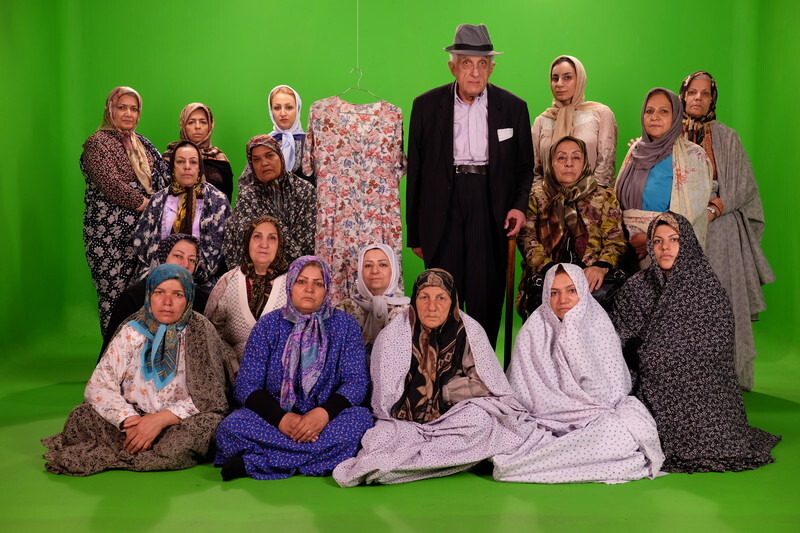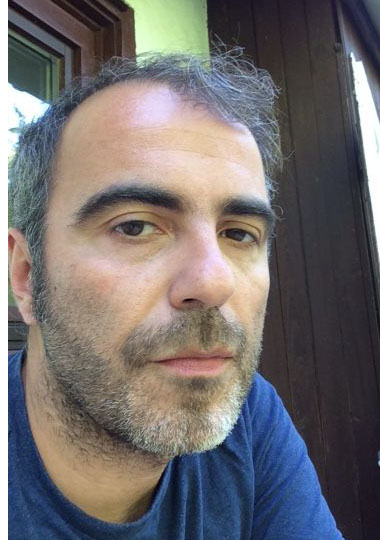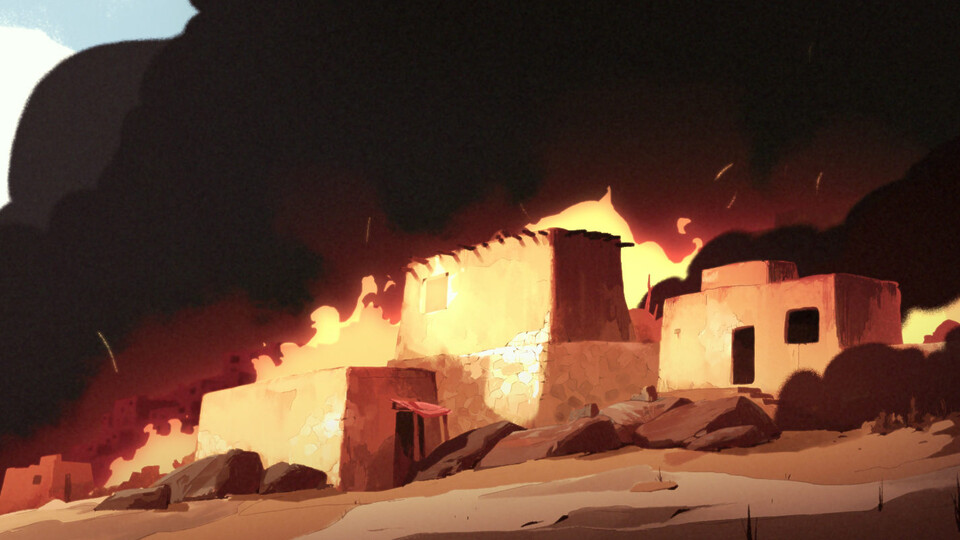Missing
Not only things get lost, but people as well. A piece in the local newspaper is in many cases the last public appearance of those vanished, small graves of words that are visited by family relatives and friends as a desperate call for proof of life. From a distance, these pieces look all the more melancholic in their random accumulation of grief, fear and terror, hidden under the patina of time.
In Missing (Nā-padid), the Iranian documentarian Farahnaz Sharifi is more interested in the after-effects of people gone missing than in their whereabouts. She opens every cold case in a similar way, filming either those lost behind or an impersonator of the missing person posing in front of a green background (perhaps a green box of wishes and imagination).
Each case is different. There is no obvious connection in terms of social or political context, although the beginning features stories of young, potentially abused wives leaving their husbands. This seems to suggest a critique of patriarchal Iranian family structures, but it is then rather quickly left behind.
Instead, Sharifi assembles a rather large variety of individual destinies, each of them stylistically arranged in a different way. As a result, “Missing” is a playful exploration of the structural similarities of those cases, usually intertwining the lost with those left behind in peculiar ways. What remains in the present is first and foremost an image, or the image of an object that carries specific memories. In an early sequence the camera wanders through an apartment full of memorabilia, chairs, vases, and even empty bottles on a terrace, while the sound-design evokes the ghostly presence of a now-lost human encounter.
Sharifi intercuts those scenes with black-and-white-photographs of missing persons, as if she is looking for the famous punctum that Roland Barthes defined as the hidden shock or emotion of an image, evoking the aura of an elusive person. In another scene she makes a photo-collage of a man’s life, accompanied by The Alan Parson’s Project’s classic song “Eye in the sky.” It’s reminiscent of those random photo shows on your computer’s photo-album. Are we all the sum of our images? And which image is missing? It’s a bit as if Sharifi falls under the spell of the archive material.
However, the material is not always bound to be analogue, or even nostalgic. In a longer part of the film Sharifi follows the path of the mountaineer Pooya, who documented his last trip on the Iran Trail with his camera and selfie stick. Here the material is too significant and full of gaps at the same time: We can follow Pooza, beloved because of his cheerfulness, almost to the peak of the mountain; but we won’t see any clues of what happened in the last section, as he left the camera behind. This cliffhanger seems almost like an ironic take on the naïve belief that we are now able to penetrate all areas of life.
“The one who leaves may be released. The one remaining may be imprisoned.” Sharifi’s intertitle is the dialectic core of “Missing”: The burden of memory isn’t shared in equal parts. She offers an illuminating example, a couple that is unable to end its process of mourning, the result of a lingering guilt. It’s about the memory of a long absent friend to which they both were close; but not close enough, when he needed it most. Although it’s the only section of the film in which words exceed images, much is left still unsaid, the words too general to illuminate the whole picture. What does remain is the fractured image of a complicated man, an artist whose success failed to materialize, and two people who wouldn’t follow him.
|
|
Dominik KamalzadehDominik Kamalzadeh is an editor of the culture section of the Austrian daily Der Standard and Co-Editor of the film magazine Kolik.film. |



